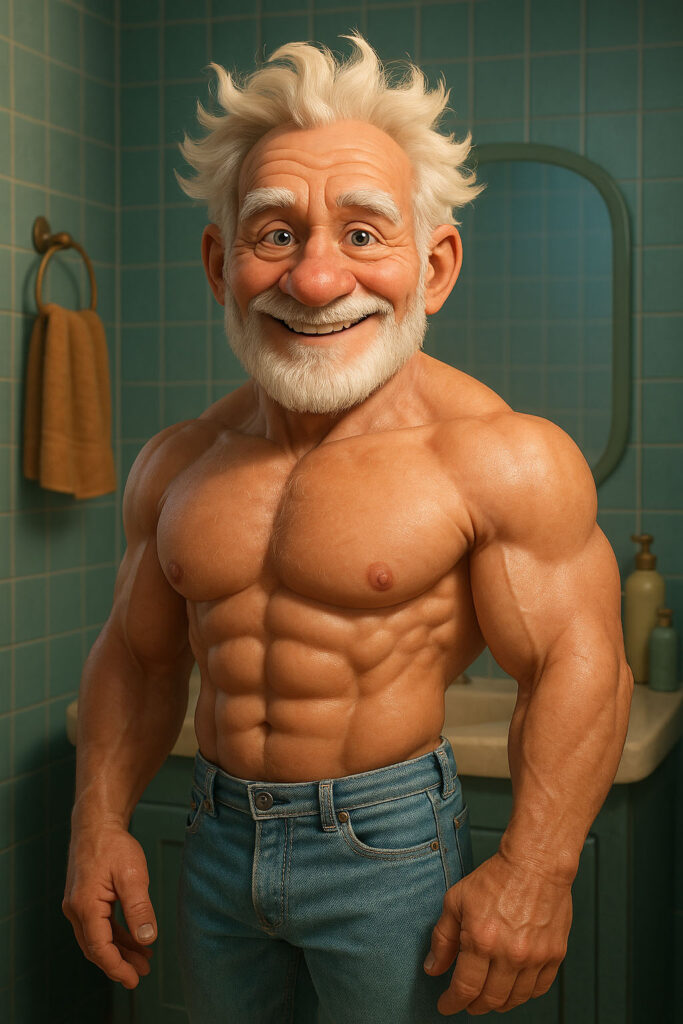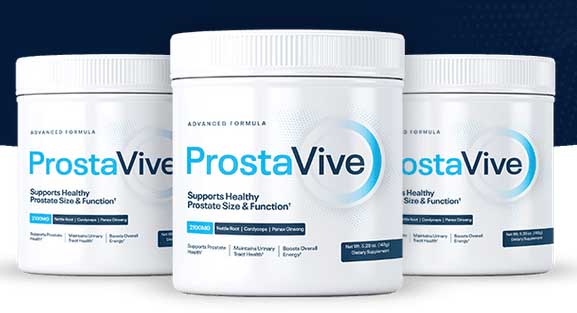Alright, grab your favorite chair, a protein shake, and maybe a stress ball (for reasons that will become clear), because we’re about to dive headfirst—testosterone-fueled pecs first—into the surprisingly dramatic, occasionally awkward, and delightfully hormone-driven world of testosterone and prostate size.
Yeah, I know. Sexy, right?
Testosterone—The Hormone With a Cape and a Dark Side
Let’s start with the basics. Testosterone is the hormone equivalent of that guy in high school who was great at sports, had perfect hair, and somehow got straight A’s despite doing zero homework. Produced mainly in the testes (yes, the dynamic duo dangling below), this steroid hormone is responsible for turning boys into men, giving us everything from facial hair to that deep, Barry White voice.
But like every superhero, testosterone has a shadow side. When it’s doing its thing—building muscle, boosting libido, and encouraging you to try and fail at growing a beard—it’s also hanging out in places you didn’t ask it to go. Namely: the prostate.
Meet the Prostate—That Weird Gland You’ve Heard Of But Never Met
Picture a walnut. Now give it a midlife crisis. That’s the prostate.
The prostate is a small gland that sits just below the bladder and wraps itself around the urethra, like a clingy ex who doesn’t know how to let go. Its job? To help produce semen. That’s right. This little gland contributes to your reproductive fireworks, so it’s got some skin in the game—literally.
Testosterone and prostate size: DHT—The Plot Thickens
Let’s introduce a new character to our hormone-fueled drama: Dihydrotestosterone, aka DHT. This guy is like testosterone’s overachieving cousin who shows up to the family BBQ with a six-pack and a superiority complex.
DHT is formed when testosterone is converted by an enzyme called 5-alpha reductase. This conversion mainly happens in places like the skin, hair follicles, and—wait for it—the prostate.
And what does DHT do? It supercharges the prostate. It’s like testosterone on Red Bull. It binds to androgen receptors in the prostate and screams, “GROW! GROW LIKE YOU’RE AUDITIONING FOR THE ROLE OF ‘OVERSIZED PROSTATE #1’ IN A MEDICAL DRAMA!”
Cue: Benign Prostatic Hyperplasia (BPH), which is basically a fancy way of saying your prostate is throwing a never-ending house party and forgot to tell your bladder.
When the Prostate Becomes a Diva
So now your prostate is growing. Slowly, steadily, and very much without your consent. For most men, this begins around age 40 and picks up speed like a dad buying a sports car after his first gray hair.
As it grows, the prostate starts to squeeze the urethra like it’s trying to make you pay for something you did in a past life. This leads to all sorts of fun symptoms:
- Peeing like a garden hose with a kink in it
- Midnight bathroom marathons
- Feeling like you didn’t fully empty your bladder…because you didn’t
- That delightful dribble that makes you wonder if you’re 85 or just living in denial
All of this because testosterone and its evil twin DHT decided your prostate should be swole.
Testosterone and prostate size -The Body’s Great Irony
Now here’s the twist that M. Night Shyamalan would be proud of: while testosterone and DHT are necessary for the prostate to grow, high testosterone doesn’t always mean a bigger prostate. Whaaaat? It’s DHT this is the bad guy.
That’s right. It’s not just about how much testosterone you have. It’s all about DHT. Some prostates are drama queens, reacting to even the tiniest whiff of testosterone like it’s opening night on Broadway. Others are chill, laid-back types that shrug and go, “Meh.”
Genetics, age, and other hormones (like estrogen—yes, you have some) also get a say in how big the prostate gets and how annoying it becomes.
Testosterone Replacement Therapy—Fuel or Fix?
Let’s say you’re low on testosterone. You’re feeling tired, losing muscle, can’t find your libido with a map and flashlight. So your doctor says, “Hey, let’s try testosterone replacement therapy (TRT)!”
Great, right?
Well… kind of. While TRT can give you back your energy, drive, and those biceps that once made your sleeves nervous, it can also—surprise!—make your prostate do push-ups. Not always, but the risk is there. Some studies show TRT can mildly increase prostate size, others say it doesn’t do much. It’s a mixed bag, like a mystery box of protein bars—some are delicious, some taste like regret.
The key takeaway? TRT needs monitoring. You don’t just slather on the gel or pop injections and walk away like you’re in a deodorant commercial. You check your PSA levels, get your prostate examined (yes, that exam), and keep an eye on things.
Because no one wants to solve one problem just to create a peeing nightmare.
Prostate Cancer—The Elephant in the Room (Wearing a Lab Coat)
You knew we had to go there.
There’s been a long-standing debate in the medical community about whether testosterone increases the risk of prostate cancer.
For decades, doctors were terrified that giving a man testosterone was like pouring gasoline on a cancerous fire. But newer research says, “Not so fast, drama llamas.” Turns out the relationship is more complicated than a soap opera love triangle.
In fact, some studies show that very low testosterone levels might actually be linked to more aggressive prostate cancers. Which is confusing. And rude.
Basically, the current thinking is that normalizing testosterone doesn’t significantly increase your risk, but again—it all comes down to monitoring, balance, and not treating your hormones like a DIY project on YouTube.

Testosterone and prostate size – What Can You Do About It?
Let’s say you’re not interested in suddenly becoming the proud owner of a swollen prostate. Totally fair. There are a few things you can do:
- Get regular checkups – PSA tests, digital rectal exams (glove up, cowboy), the works.
- Talk to your doctor before starting TRT – Don’t just go full Wolverine without medical backup.
- Exercise and eat well – No, broccoli doesn’t shrink your prostate, but a healthy lifestyle reduces inflammation and improves hormone balance.
- Consider medications – If your prostate gets too bold, meds can block DHT and help shrink it down.
- Surgery as a last resort – If things get really intense, procedures like TURP (transurethral resection of the prostate) exist. They’re not a party, but they help.
The Truth, The Whole Truth, and Nothing But the Hormonal Truth
So, let’s recap:
- DHT, formed from testosterone, is the real MVP when it comes to enlarging the prostate.
- Not everyone with high testosterone gets a big prostate, and not everyone with a big prostate has high testosterone.
- TRT might affect your prostate, but it’s not guaranteed to turn it into the Hulk.
- Prostate cancer isn’t necessarily caused by testosterone—but still, be cautious.
And finally, your prostate is like a misunderstood side character in a superhero movie. You might not think about it much, but it plays a vital role, occasionally throws a tantrum, and absolutely deserves your attention.
Especially when it starts messing with your plumbing.
Testosterone and prostate size: Pee Now, Laugh Later
If your prostate were a person, it’d be that weird uncle who shows up uninvited, tells awkward stories, and overstays his welcome. But if you take care of him—watch your hormones, stay active, and don’t ignore the signs—he might just leave you alone long enough to enjoy your golden years without installing a permanent bathroom next to your bed.
So here’s to testosterone: the hero, the villain, and the hormone that’s just trying its best. And here’s to your prostate—small, mighty, and hopefully not auditioning for a size upgrade.
Stay regular. Stay monitored. And for the love of bladder control—stay hydrated, but maybe not right before bed.
Best
Al
PS Want to add to the conversation? Leave a comment below!
